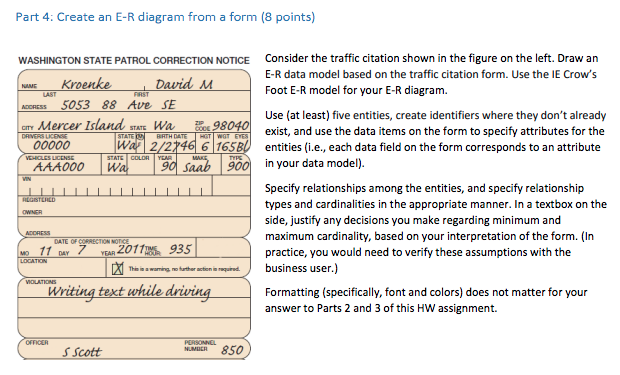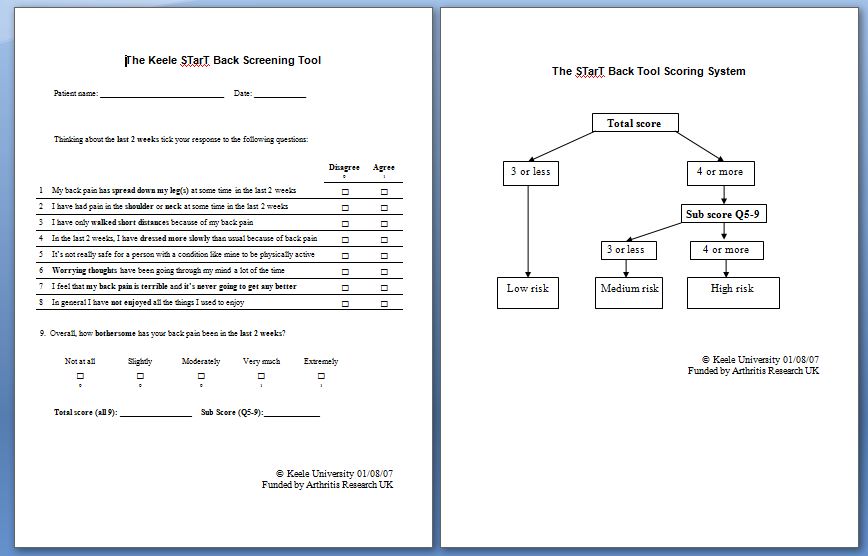Ie Citation
- Beyond simply creating references or citations, most citation styles have additional guidelines about paper formatting, in-text citations, and other details. Cite This For Me citation guides covers a lot of this additional information, so your paper is more properly prepped and less likely to get points taken off for these details.
- Convenience is king. Add references quickly and easily to your personal library from anywhere on the internet in just a few clicks. We've rebuilt the Mendeley Web Importer to provide you with the most reliable tool for importing references with the most accurate metadata.
- Listing references (citations) at the end of your work (i.e. Reference List) This list is arranged in numerical order at the end of your work in the order they appeared in the text. Please refer to these examples for the citation elements. Books / E-books Author’s (or editor) initials and family name. Title of book, Edition (other than 1st.
- Citation Within The Text The first step of the reference citation process is within the report itself. Each citation must be noted within the text through use of simple sequential numbers. A number enclosed in square brackets, placed in the text of the report, indicates the specific reference. Citations are numbered in the order in which they.
EasyBib® has tools to help you create citations for over 50 source types in this style, as well as a guide to show you how an MLA paper should be formatted. Review the guide to learn how to format a paper's title page, paragraphs, margins, quotations, abbreviations, numbers, tables, and more!
The most basic entry for a film consists of the title, director, distributor, year of release, and medium. You may also choose to include the names of the writer(s), performer(s), and the producer(s), as well as the film’s original release date.
Film title. Dir. First Name Last Name. Distributor, Year of Release. Medium.
BibMe: The Movie. Dir. John Smith. Columbia, 2009. Film.
The citation should begin with the film title italicized, followed by a period. If the film is dubbed in English or does not have an English title, you may begin by including the original title, followed by the translated title in square brackets.
BibMe: La Película [BibMe: The Movie]. Dir. John Smith. Columbia, 2009. Film.
The director’s name should be cited, preceded by the abbreviation “Dir.” If relevant, you may also choose to include the names of the writer(s), performer(s) (preceded by the abbreviation “Perf.”), and/or producer(s) (preceded by the abbreviation “Prod.”). Group different types of personnel together and separate each personnel group by a period. Write these personnel names in normal order – do not reverse the first and last names.
BibMe: The Movie. Screenplay by Jane Doe. Dir. John Smith. Prod. Bob Johnson. Perf. Mike Jones and Jim Jones. Columbia, 2009. Film.
If you would like to emphasize the contributions of a specific person in your citation, start the citation with that person’s name, followed by a comma, an abbreviation for their position, and a period. The person’s name should be reversed, with a comma being placed after the last name. A suffix, such as a roman numeral or Jr./Sr. should appear after the author’s given name, preceded by a comma.
Johnson, Bob, prod. BibMe: The Movie. Screenplay by Jane Doe. Dir. John Smith. Perf. Mike Jones and Jim Jones. Columbia, 2009. Film.
List the distributor of the film, followed by a comma, the year released, and a period. If the film’s original year of release differs from the year of release for the copy of the film you viewed, include the original year of release after the personnel, and place the year of release for the copy of the film you viewed after the distributor.
BibMe: The Movie. Dir. John Smith. 2007. Columbia, 2009. Film.
Conclude the citation with the medium on which you viewed the film, which may be videocassette, DVD, laser disc, etc., followed by a period. If you are citing a theater viewing of the film or you are citing the film without reference to a particular copy of it, use the word “Film”. Slide programs or filmstrips should be cited as films.
BibMe: The Slide Program. Dir. John Smith. Columbia, 2009. Slide program.
BibMe: The Movie. Dir. John Smith. Columbia, 2009. DVD.
How useful was this post?
Click on a star to rate it!
We are sorry that this post was not useful for you!
Let us improve this post!
Tell us how we can improve this post?


Bluebook Rule (21st): 1.2(a)
Law Review Typeface For Introductory Signals: Italics
Signals indicating that the cited work is supportive of the author's text are the most commonly used type of signal. There are six supporting signals:
- [no signal]
- E.g.,
- Accord
- See
- See also
- Cf.
The most frequently used are probably [no signal], E.g., See, and See Also.
[no signal]
No signal is necessary if a cited authority:
- directly states the proposition;
- identifies the source of a direct quotation; or
- identifies the source referred to in the text.

E.g.,
'E.g.,' is the abbreviation for the Latin phrase 'exempli gratia,' and can loosely be translated to mean 'good example.' 'E.g.' is used when the cited authority states the proposition and when citation to other authorities also stating the proposition would be unhelpful or unnecessary.
NOTE: 'E.g.' can be combined with other signals, such as 'See.' When communed with another signal, the other signal should be given first, separated by an italicized comma but ending with a non-italicized comma:
See, e.g.,
See
Ie Citation Examples

See is probably the most frequently used (and abused) introductory signal. It is used when the cited authority clearly supports a proposition but there is an inferential step between the proposition as stated and the cited authority. Although not a catch-all signal, it is often inappropriately used as such.
See also
Ice Citation Method
'See also' is used to cite to additional materials and authority that supports a proposition but when other authority has already been cited to using either See or [no signal]. An explanatory parenthetical stating the relevance of the additional material is strongly encouraged.
Legalcitation.ie
NOTE: It is not appropriate to use See also for general background-reading materials; in that case, the signal 'See generally' should be used (rule 1.2(d)). Again, an explanatory parenthetical explaining the relevance of the material is strongly encouraged.